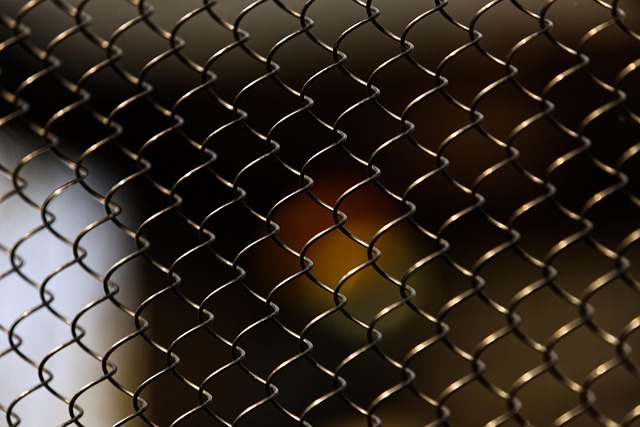For New Bedford, Massachusetts homeowners considering a DIY fence installation, this comprehensive guide is your go-to resource. Before you begin, understanding local regulations and your specific yard requirements is crucial. This article demystifies the process by breaking down key considerations: choosing durable fence materials suited to our region’s climate, step-by-step installation instructions for a secure and level fence, and expert tips for maintenance to ensure longevity.
- Understanding Your New Bedford Fence Requirements
- Choosing the Right Fence Material for Your Yard
- Step-by-Step Guide to DIY Fence Installation
- Tips for Maintenance and Longevity of Your Fence
Understanding Your New Bedford Fence Requirements
When planning a DIY fence installation in New Bedford, understanding your specific requirements is the first step. Consider factors like the purpose of the fence – is it for privacy, security, or aesthetic appeal? The size and shape of your property will also dictate the type, height, and length of fence needed. Local regulations and zoning laws must be taken into account to ensure compliance; New Bedford may have specific guidelines regarding fence materials, heights, and locations.
Additionally, think about visibility and accessibility. Will the fence obstruct neighbors’ views or create challenges for emergency services? Ensure there is enough space for gates or entry points, as well as maintenance access. Lastly, choose a fence material that aligns with your budget, aesthetic preferences, and climate resilience needs.
Choosing the Right Fence Material for Your Yard
When it comes to fencing your New Bedford, Massachusetts yard, material selection is a key decision that influences both aesthetics and longevity. Consider your climate and local conditions; for instance, if your area experiences harsh winters with snow and ice, opt for robust materials like treated wood or vinyl, which offer better resistance against the elements. Alternatively, for warmer climates, composite fences can be an attractive option due to their low maintenance and durability.
Think about the overall look you desire for your property as well. Fences come in a variety of styles, from traditional picket fences to modern metal designs. Each material has unique visual characteristics; wood adds a natural touch while vinyl and composite materials offer a more uniform and low-maintenance appearance. Choose a style and material that complement your home’s architecture and personal taste, ensuring it enhances the curb appeal of your New Bedford yard.
Step-by-Step Guide to DIY Fence Installation
Installing a fence yourself can be a rewarding project, saving you time and money. Here’s a straightforward guide for New Bedford homeowners looking to tackle this task. First, assess your yard and determine the type of fence best suited for its layout and aesthetic. Wood, vinyl, and chain-link are common choices, each with unique advantages and maintenance requirements. Once you’ve chosen, gather all necessary materials: posts, rails, fencing panels (or links), concrete for setting posts, tools like a post-hole digger or drill, and any hardware such as brackets or fasteners.
Clear the area where the fence will stand, removing any plants or obstacles. Mark out your fence line with stakes and string to ensure precision. Dig holes for the posts at predetermined intervals, ensuring they’re deep enough (typically a third of the post’s height) for stability. Set the posts in place, level them, and use wooden shims if needed to achieve perfection. Attach horizontal rails to the posts using brackets or fasteners, securing them tightly. Finally, connect the fencing panels or links to the rails, following manufacturer instructions for proper alignment and security.
Tips for Maintenance and Longevity of Your Fence
Regular cleaning and inspection are key to maintaining your fence’s appearance and structural integrity. Start by sweeping or brushing away any debris, leaves, or twigs that may accumulate on the fence surface. Use a soft-bristled brush for wooden fences to avoid damaging the finish. Apply a coat of sealant or paint annually to protect the fence from moisture, UV rays, and general wear and tear. Check for loose posts, boards, or hinges regularly and make repairs promptly to prevent further damage.
Over time, certain areas may show signs of rot or decay, especially if your fence is made of wood. Keep an eye out for these problems and address them quickly by replacing damaged sections with new materials. Regular maintenance not only extends the life of your fence but also ensures it remains a functional and aesthetically pleasing addition to your New Bedford property.
